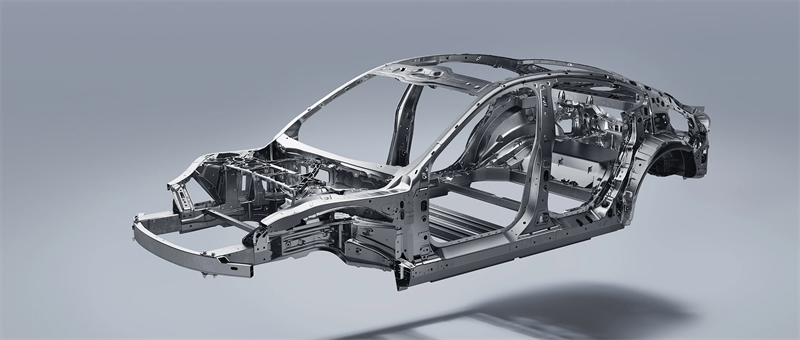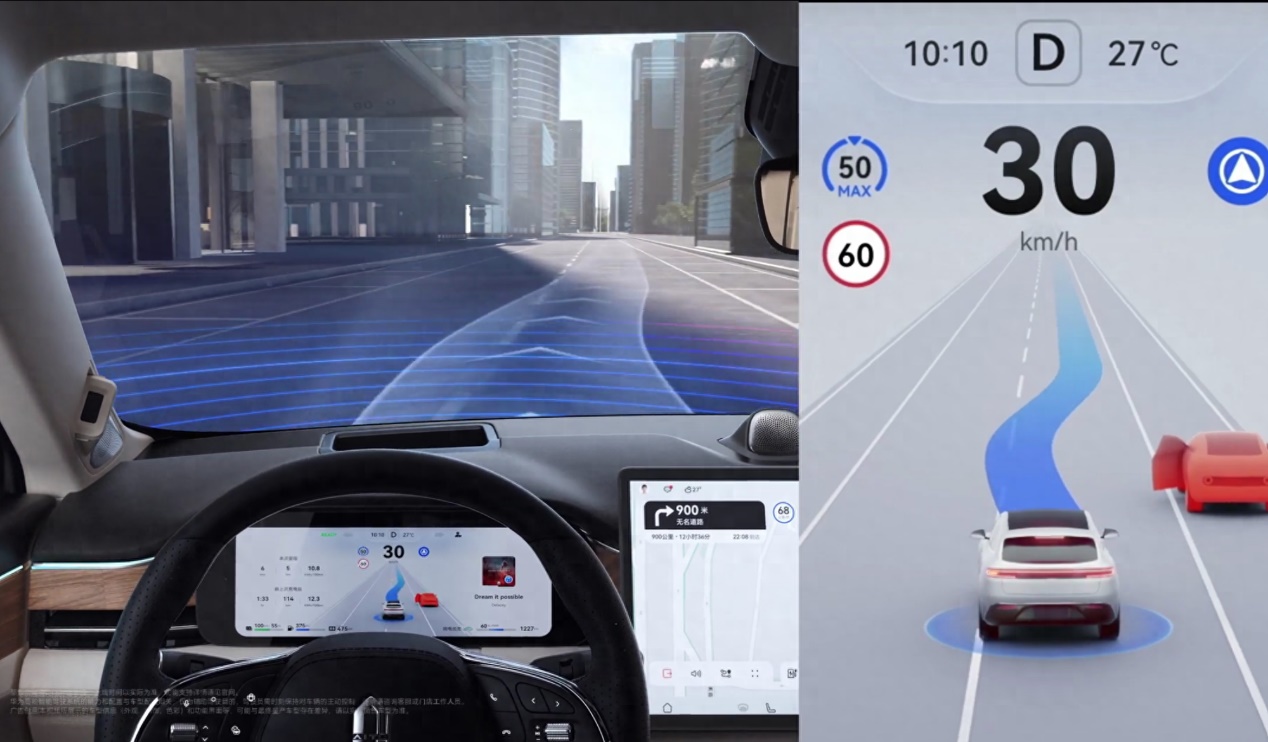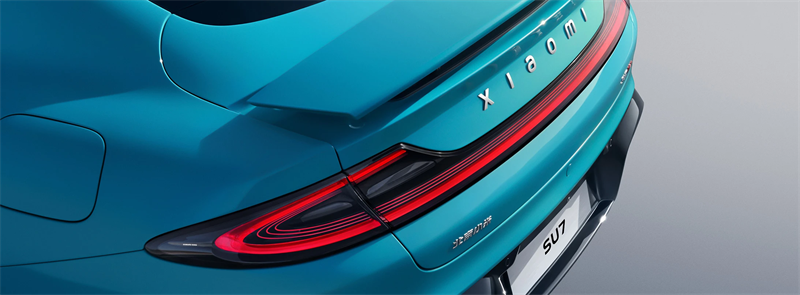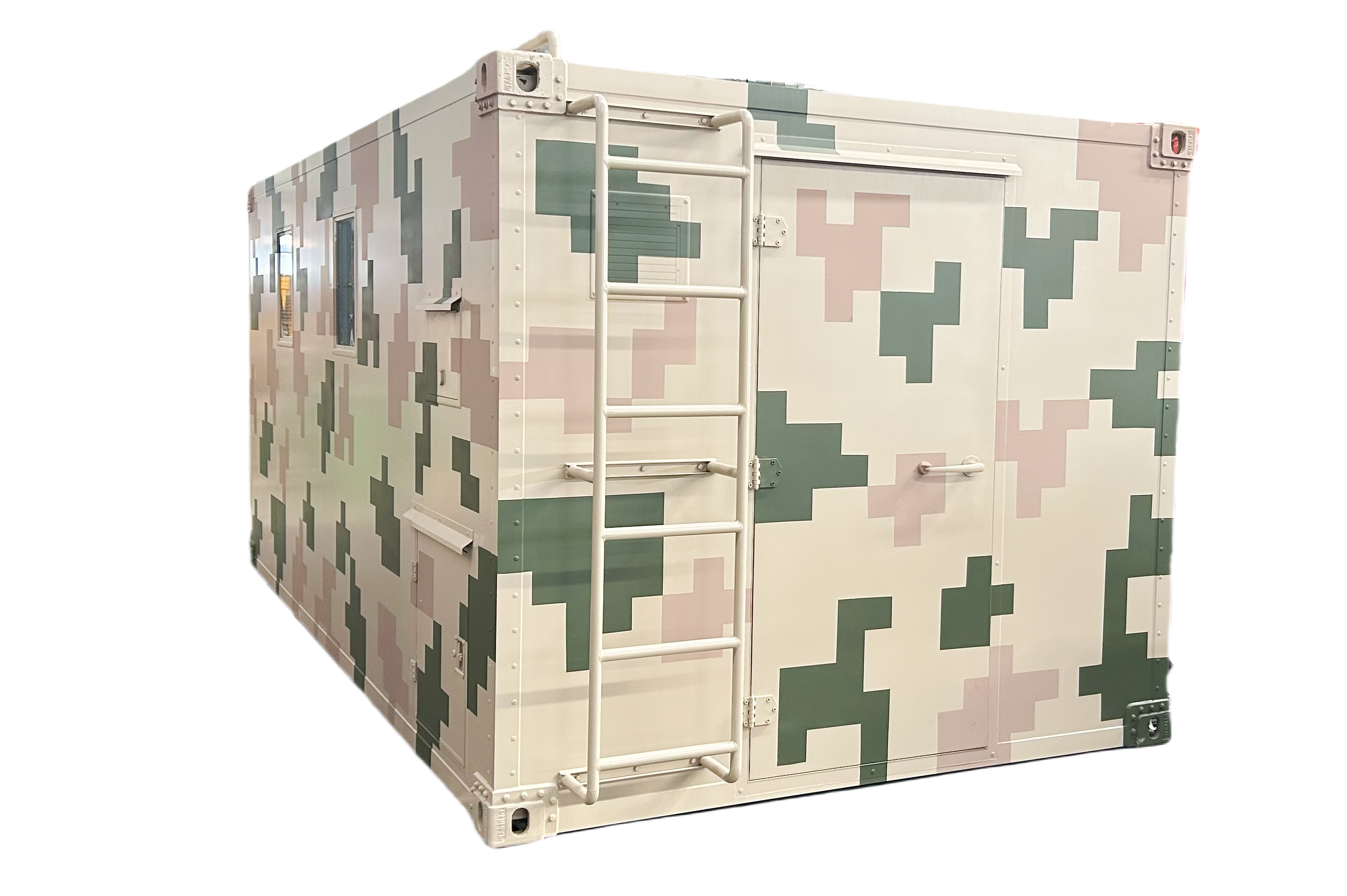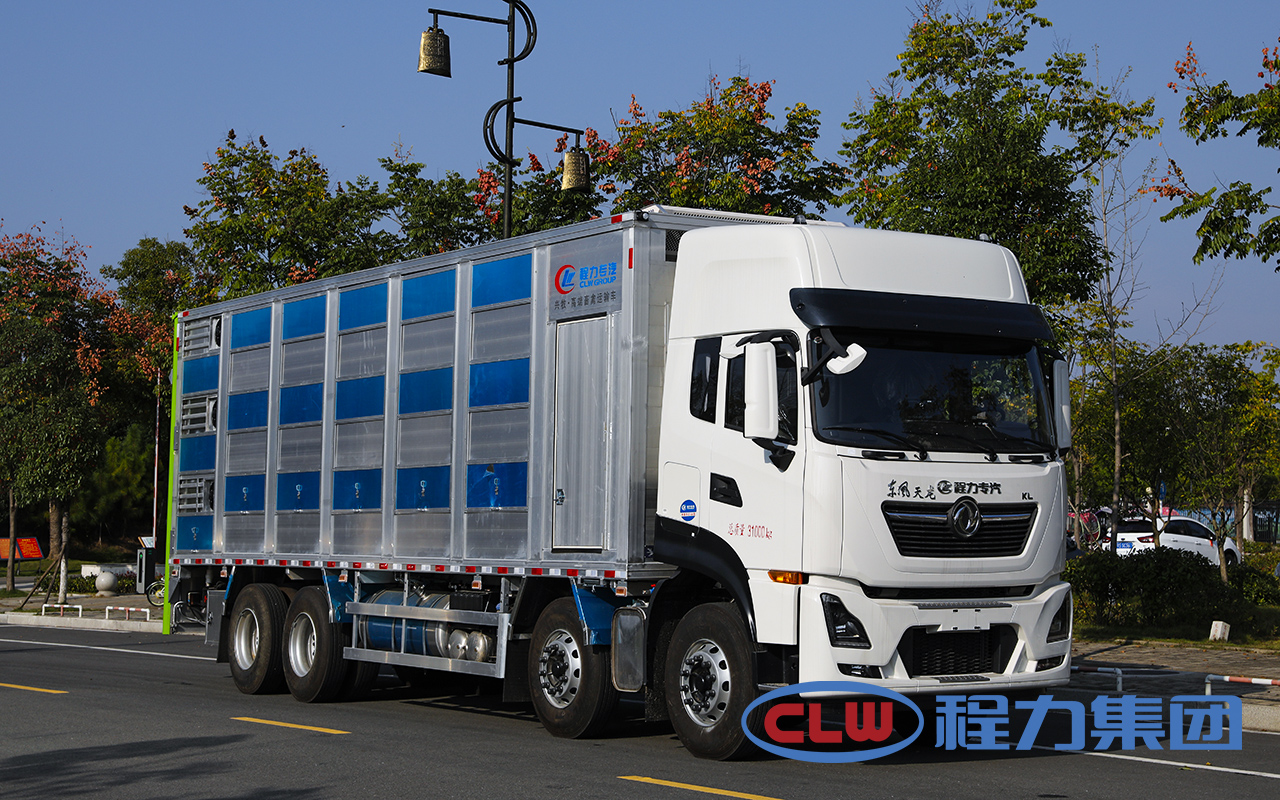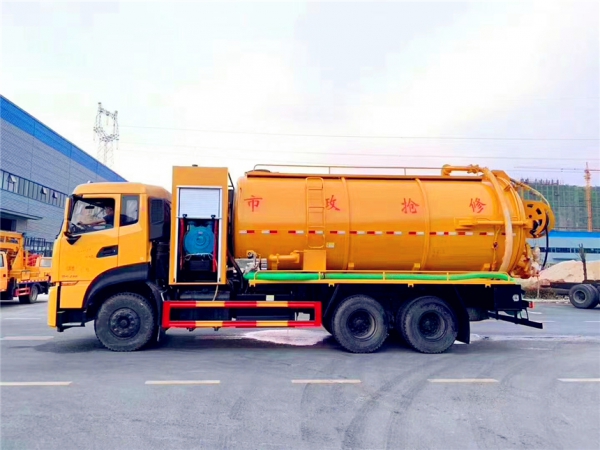Understanding the Thermal Dynamics of Xiaomi SU7 Pure Electric Vehicle Battery During Charging
Introduction:
As electric vehicles (EVs) become increasingly prevalent, understanding the thermal behavior of their batteries during charging is crucial for safety and efficiency. This simulation-based search aims to elucidate the heat generation characteristics of the Xiaomi SU7 pure electric vehicle battery during charging, shedding light on its performance and potential optimizations.
Matched Results:
Heat Dissipation Mechanisms in Xiaomi SU7 Electric Vehicle Battery:
This article explores the mechanisms by which the Xiaomi SU7's lithium-ion battery dissipates heat during charging. It discusses the impact of factors such as ambient temperature, charging rate, and battery chemistry on heat generation and dissipation.
Thermal Management System of Xiaomi SU7 EV:
Delve into the sophisticated thermal management system employed by the Xiaomi SU7 electric vehicle. Learn how it regulates battery temperature during charging to optimize performance and prolong battery life.
Quantifying Heat Generation in Xiaomi SU7 Battery:
A detailed analysis of the heat generated by the Xiaomi SU7 battery pack during charging. Discover the precise thermal characteristics and how they relate to the vehicle's overall charging efficiency.
Enhancing Charging Efficiency in Xiaomi SU7 EV:
Explore potential strategies for enhancing charging efficiency in the Xiaomi SU7 electric vehicle. From advanced thermal management techniques to optimized charging algorithms, uncover ways to minimize heat generation and maximize battery life.
Detailed Insights:
Heat Generation Rate: During charging, the Xiaomi SU7's lithium-ion battery generates heat primarily due to resistive losses and chemical reactions within the cells. The exact heat generation rate depends on factors such as charging current, battery temperature, and state of charge.
Thermal Management System: Xiaomi SU7 is equipped with a sophisticated thermal management system comprising liquid cooling channels and heat exchangers. This system efficiently dissipates heat generated during charging, ensuring optimal battery temperature and prolonging battery life.
Temperature Regulation: The thermal management system actively regulates the temperature of the battery cells to prevent overheating and thermal runaway. By maintaining the battery within a safe temperature range, it enhances both safety and charging efficiency.
Optimized Charging Algorithms: Xiaomi SU7 employs advanced charging algorithms that dynamically adjust charging parameters based on battery temperature and state of charge. These algorithms help minimize heat generation while maximizing charging speed and efficiency.
Battery Chemistry: The Xiaomi SU7 utilizes high-energy-density lithium-ion battery cells supplied by leading manufacturers such as Ningde Times New Energy Technology Co., Ltd. These cells offer superior energy density and thermal stability, contributing to the vehicle's impressive performance and range.
Conclusion:
Understanding the thermal dynamics of the Xiaomi SU7 pure electric vehicle battery during charging is essential for optimizing charging efficiency, ensuring battery longevity, and enhancing overall vehicle performance. By leveraging advanced thermal management systems and charging algorithms, Xiaomi has engineered a cutting-edge electric vehicle that sets new standards in safety, efficiency, and sustainability.


